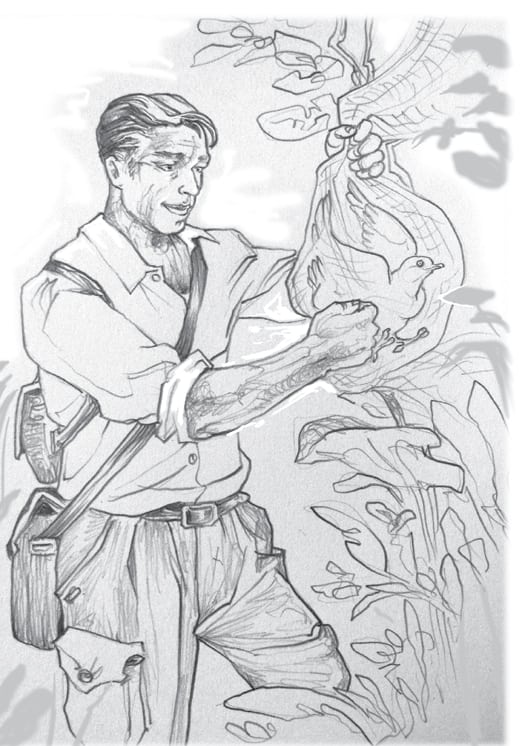Stanley Henry Prater is arguably the best known pre-independence Indian mammalogist. He is best known for the popular wildlife book, The Book of Indian Animals which describes mammals of India for the benefit of the lay person.
BEGINNINGS
Prater had an early introduction to the study of wildlife. Born on the 12th of March, 1890, he spent much of his early childhood in the Nilgiri hills where his father William Prater was a coffee planter. According to noted ornithologist Salim Ali, Prater was left in an orphanage in Bombay run by Jesuit priests at a young age. While studying at St Mary’s School in Bombay, he spent most of his holiday exploring the forests around Khandala in Maharashtra. His interest led him to the Bombay Natural History Society (BNHS) in 1907, where he worked as a bottle washer. Impressed by the dedication and commitment of the young boy, BNHS wanted him to join the scientific staff, but the lack of higher education was an impediment. Thus, he was sent to St. Xavier’s college in Bombay along with Salim Ali to study Biology.
INDIAN MAMMALOGY
Prater’s contributions to the study of Indian mammals began in early 1911. Robert Charles Wroughton, a British naturalist was in the process of conducting a massive countrywide survey of small mammals in the Indian subcontinent. Prater was one of many collectors for the survey; his time in field was however cut short by an accidental gunshot wound. Although he was only able to participate in the survey for two of the twelve years, he made detailed observations of several small mammals, such as the ecology of Wroughton’s free tailed bat (Otomopos wroughtoni) in 1913.
In 1916, at the age of 26, he became the Editor of the Journal of Bombay Natural History Society (JBNHS). In 1919, Prater became the acting Curator of the BNHS museum for four years, when the then Curator Norman Boyd Kinnear went back to Britain. In 1933, he published a series of articles titled ‘Preservation of Wildlife in the Indian Empire’, highlighting threats faced by wildlife in India and importance of conservation at a time when hunting was prominent. He talked particularly about threatened species such as the Asiatic cheetah (Acinonyx jubatus), the Javan rhino (Rhinoceros sondaicus) and the Sumatran rhino (Dicerorhinus sumatrensis). He also discussed the breeding behaviour of dugongs (Dugong dugon) on the east coast and highlighted the rise in tiger hunting in Burma in 1937.

THE BOOK OF INDIAN ANIMALS
In 1948, he brought out the widely acclaimed Book of Indian Animals published by the BNHS, which provided observations of several Indian mammals. In the book, Prater compiled information from several sources (such as the Fauna of British India series) to create detailed descriptions of mammals found in India. The book in simple prose provided notes on the behaviour and ecology of different species and the threats they faced in the wild—a first for India, where naturalists tended to focus on taxonomic features. The species recorded range from large carnivores like the tiger (Panthera tigris) to little known rodent and bat species. The book was also perhaps the first to record, in detail, the marine mammals found in Indian waters.
Throughout this work, Prater also stressed on the need to increase protection of these mammal species, preserve their habitat and regulate hunting. He also emphasised the need to create awareness among Indian people of their rich biodiversity, crucial in garnering support for protecting India’s wildlife. The book remains in demand even today in a revised third edition. He was also active in politics. From 1930 to 1947, Prater was the President of the Anglo-Indian and Domiciled European Association and a member of the legislative assembly from Bombay. For his contributions, he was awarded an Order of the British Empire. Under pressure from his family, Prater moved to the United Kingdom in 1950, where he spent his last ten years, reading, writing and plaster modelling. After a long debilitating illness that left him crippled, Prater breathed his last on the 12th of October, 1960. His legacy lives on with the Book of Indian Animals continuing today in the third edition.
Suggested reading:
Salim Ali and Stanley Henry Prater. 1960. The Journal of the Bombay Natural History Society, 57(3):637-642.
Prater Stanley Henry. 1948. The Book of Indian Animals. BNHS and Oxford University Press.






